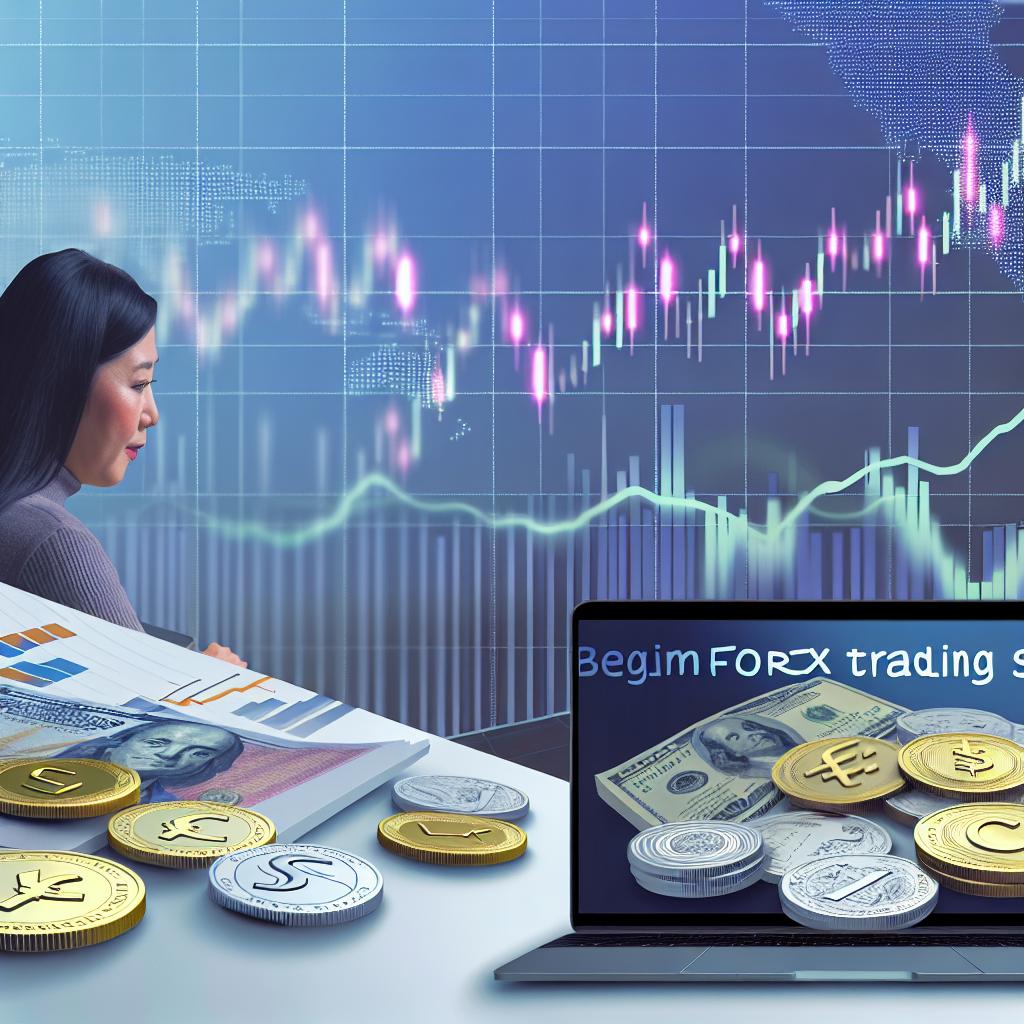The Role of Economic News and Events in Forex Trading
The foreign exchange market (forex) is a dynamic arena where currencies are traded globally. One of the most significant influencers in this market is economic news and events. Understanding the impact of these elements is crucial for traders seeking to make informed decisions. In this discussion, we will delve deeper into the various factors that affect forex trading, providing a comprehensive understanding for those interested in this complex yet rewarding market.
Understanding Economic Indicators
Economic indicators are crucial metrics used to evaluate the overall health and performance of an economy. They offer valuable insights for both traders and investors as they navigate the forex landscape. These indicators are numerous, but some of the most influential include:
Gross Domestic Product (GDP): This is perhaps the most comprehensive measure of a country’s economic performance. GDP represents the total value of goods and services produced over a specific time period within a nation. A higher GDP often signals strong economic activity, potentially leading to an appreciation of the country’s currency as confidence among investors increases.
Unemployment Rates: The level of unemployment within a country is a significant indicator of economic health. Low unemployment rates typically suggest a healthy economy that can sustain growth, thereby enhancing currency strength. On the other hand, high unemployment can indicate economic troubles, leading to currency depreciation as investor confidence wanes.
Inflation: Inflation reflects the rate at which prices for goods and services rise, eroding purchasing power. Moderate inflation is often seen as a sign of a growing economy, but hyperinflation can destabilize the economy and cause the currency to lose value. Central banks often adjust interest rates to control inflation, directly impacting currency valuation.
These indicators are released at scheduled intervals, allowing the market to gauge the current economic status. For example, an unexpected rise in GDP growth rate might be viewed positively, potentially boosting the currency’s value. Conversely, higher unemployment rates may lead to decreased currency value as economic instability is implied.
Central Bank Announcements
Central banks are pivotal actors in the forex market, primarily through their implementation of monetary policy decisions. These institutions, like the Federal Reserve in the United States or the European Central Bank in the EU, manipulate interest rates and set monetary conditions that significantly impact currency values. Here’s how they wield their influence:
Interest Rate Decisions: Interest rate alterations are arguably the most impactful tool at a central bank’s disposal. Increasing interest rates makes a currency more attractive as higher returns can be secured on investments in that currency. Consequently, demand for the currency may rise, increasing its value.
Monetary Policy Statements: Beyond direct rate changes, the rhetoric used in central bank communications is closely scrutinized by forex traders. The minutes from central bank meetings and speeches by central bank officials can provide insights into future monetary policy directions, influencing market expectations and currency valuations.
The timing of these announcements is critical. Sudden or unexpected changes in monetary policy can lead to significant volatility in forex markets. Therefore, traders pay close attention to central bank meeting schedules and the dissemination of pertinent reports to align their trading strategies accordingly.
Geopolitical Events
Geopolitical events such as elections, international conflicts, and alterations in trade policies hold considerable power in shaping forex market behavior. These events introduce elements of uncertainty, which traders must carefully navigate:
An unforeseen election result, for example, may challenge existing economic policies, generating market turbulence as investors reassess economic stability and future prospects. Likewise, conflicts or changes in trade policies can alter economic relationships, impacting currency demand and valuation.
The Importance of Timely Updates
In the fast-paced world of forex trading, having access to real-time information is imperative. Timely updates enable traders to react swiftly to new developments. Staying informed through reliable sources such as real-time news platforms and economic calendars is essential for actively managing trades.
Relying on outdated data or missing news announcements can lead to suboptimal trading decisions, resulting in potential losses. Thus, the use of technological tools and platforms that deliver timely information is a critical component of a successful trading strategy.
Trading Strategies Tailored to News
Many forex traders develop distinct strategies designed specifically around economic news releases. Such strategies require an understanding of common market reactions and the ability to make quick decisions:
News Trading: This strategy involves executing trades immediately before or after significant economic announcements. It is a high-risk approach due to the potential for sudden market swings during high volatility periods, yet it can yield substantial rewards. Successfully implementing this strategy necessitates anticipating market expectations and executing trades with precision.
The nature of news trading underscores the importance of both speed and analysis. Traders employing this technique must remain vigilant, evaluating the market’s response to news in real time to maximize potential gains.
Conclusion
Economic news and events undeniably shape the landscape of forex trading. For traders and investors, understanding these dynamics fosters the development of informed, strategic approaches that align with market movements. By comprehending the effects of economic indicators, central bank guidelines, and geopolitical events, traders enhance their ability to anticipate changes and adapt strategies efficiently.
The forex market, renowned for its volatility and reactivity, rewards those who remain informed and adaptable. Through the diligent analysis of economic news and the strategic alignment of trading activities, success in this complex market is attainable.



